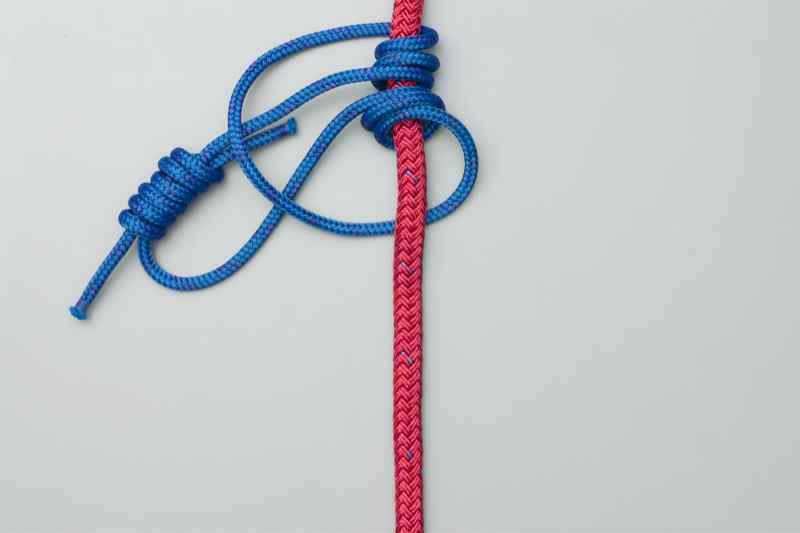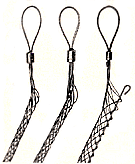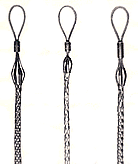Hey all.
This came up many months ago actually, but I never found an answer and I just thought of it. The answer to this will probably be embarrassing, but I realize my (lack of) knowledge of knots is embarrassing, so here goes!
Let's say you have a batten. (Only one. It's a poor theater.) You approach that batten with a cable straight on (the cable will form a right angle with the batten), on the same level as the batten. The cable is plugged in to the wall behind you, but not affixed to anything else.
Once the cable reaches the batten, it needs to drop straight down, say, exactly 5 feet, so the cable itself will form (as close to as possible) a right angle. What knot do you use to make sure that that the cable doesn't slip down? (While placing the least amount of strain on the cable)
(to red flags: the cable is not holding anything up, it's just reaching a set piece and slack would like to be avoided.)
Thanks all!
This came up many months ago actually, but I never found an answer and I just thought of it. The answer to this will probably be embarrassing, but I realize my (lack of) knowledge of knots is embarrassing, so here goes!
Let's say you have a batten. (Only one. It's a poor theater.) You approach that batten with a cable straight on (the cable will form a right angle with the batten), on the same level as the batten. The cable is plugged in to the wall behind you, but not affixed to anything else.
Once the cable reaches the batten, it needs to drop straight down, say, exactly 5 feet, so the cable itself will form (as close to as possible) a right angle. What knot do you use to make sure that that the cable doesn't slip down? (While placing the least amount of strain on the cable)
(to red flags: the cable is not holding anything up, it's just reaching a set piece and slack would like to be avoided.)
Thanks all!





